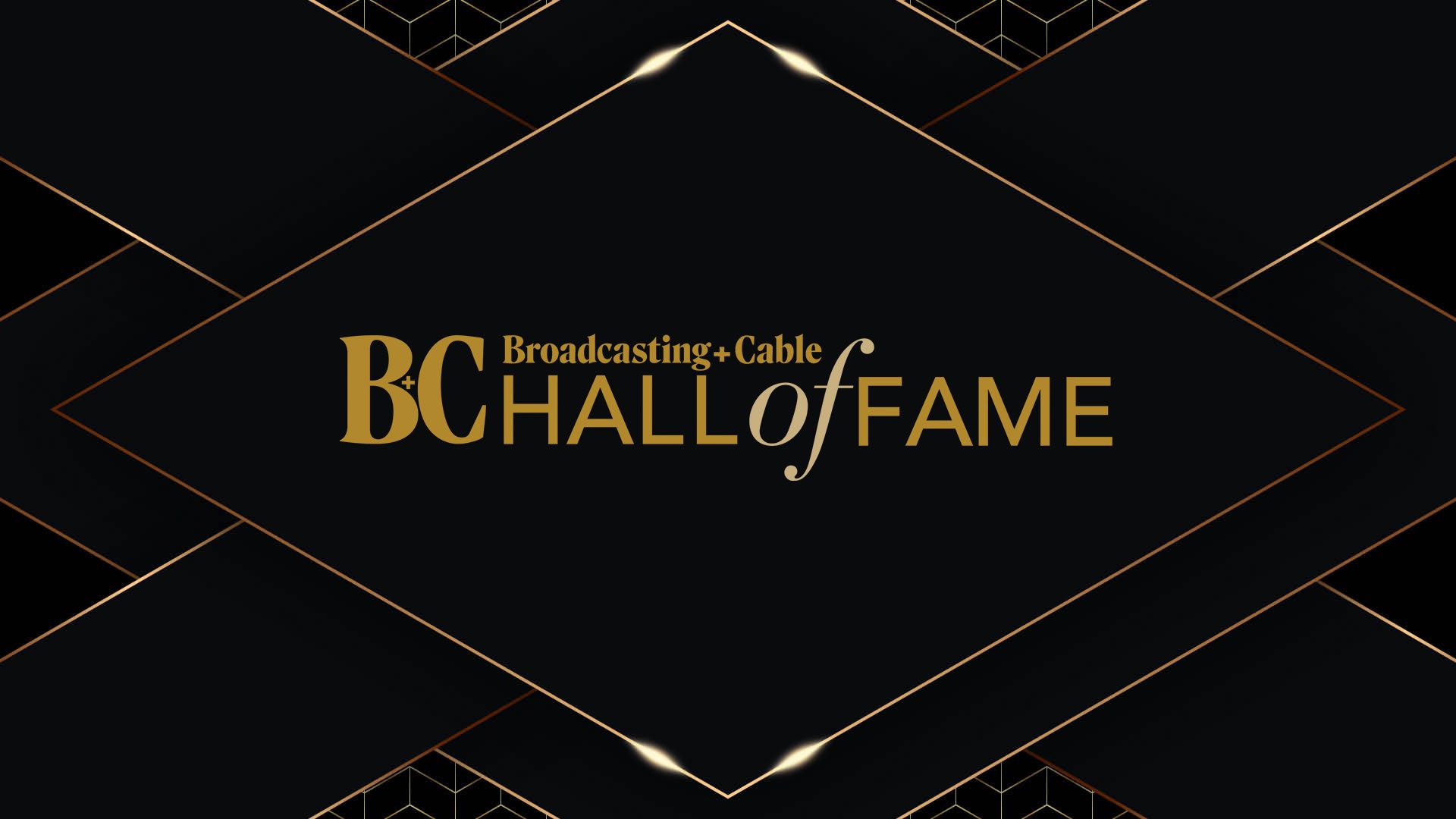Esser Sermonizes on Franchise Reform
Chicago -- Cox Communications Inc. president Pat Esser turned his podium into a pulpit at the Globalcomm telecom convention here Tuesday, delivering a stern sermonlike keynote accusing Bell competitors of trying to gain a regulatory free pass into video to make up for their own delays in developing those services.
Esser started off by refuting the old idea that cable was a monopoly, noting that cable hasn’t been a monopoly since DirecTV Inc. launched its direct-broadcast satellite service in 1994.” Hearing the telephone companies talk about the monopoly “is laughable,” Esser told the crowd.
He argued that while 1996 Telecommunications Act reforms gave the regional Bell operating companies the same opportunities to expand their businesses -- an opportunity Cox seized upon when it started rolling out cable-modem services that same year -- the Bells did not immediately act.
“Did they forge ahead? Did they upgrade their networks, roll out new services? No. A decade later, the road is littered with aspirational Bell press releases that promise a fiber utopia that doesn’t exist,” Esser said.
Instead, he accused the Bells of beating a path to Congress, “seeking regulatory roadblocks, sweetheart deals and shortcuts to coast into the video business.”
This has resulted in legislation working its way through the U.S. Congress to create a national video franchise, potentially ending the process of obtaining franchises community by community. Esser told the crowd he is in support of less cumbersome, streamlined video-franchising policy , but it had to apply fairly and equally to all competitors.
“Consumers tell us what they want loud and clear, and it’s our job to deliver it,” he added. They will pick the winners based on quality and service delivery -- “that is, if Congress lets them.”
The smarter way to stay on top of the multichannel video marketplace. Sign up below.
Nonetheless, Esser said, Cox is ready for competition with its bundled-service strategy and its focus on customer care. He noted that the MSO is preparing to roll out a Cox-branded wireless service as part of its joint-development venture with Sprint Nextel Corp., and it will continue to make is services more mobile and accessible to customers in the coming year.
Esser closed his keynote by declaring, “My money is on Cox to win. So let the games begin.”
Earlier in the day, a crowd twice the size of that for Esser’s talk heard AT&T Inc. senior executive vice president and chief technology officer John Stankey give a speech with one-half the political heat.
Stankey instead took the crowd through a high-level overview of the changes in the telecommunications market and AT&T’s strategy amid increasing competition.
Of the latter, Stankey noted that Chicago’s phone book now lists 43 companies offering phone service.
AT&T’s plan of attack includes plans for a major wireline-network upgrade. Its Internet-protocol backbone currently spans 523,000 route miles with 30 Internet-data centers worldwide, and it funnels 5.6 petabytes of data traffic daily.
But that isn’t enough, so AT&T is consolidating its network under a single IP architecture based in Multiprotocol Label Switching (MPLS). A core network technology that has been around for some time, MPLS provides a more efficient means of routing large amounts of data through the typical maze of interconnected provider networks.
This summer, AT&T will also widen the pipe further, quadrupling capacity with an OC-769 fiber-optic backbone driven by MPLS switching. It’s part of more than $8 billion in wireline-network upgrades the company will make this year, Stankey said.
Plans are to eventually throttle up that network capacity to a whopping 94,000 gigabytes per second, he added.
Stankey only briefly mentioned AT&T’s Project Lightspeed consumer service and the long-awaited rollout of U-verse, its IP-video service now in trials in San Antonio. He reiterated the company line that the trial has gone well, with line speeds to customers coming in at 25 megabits per second or higher when the last-mile copper segment is 4,000 feet in length.
Unlike fellow RBOC Verizon Communications Inc.’s mantra of fiber-optic connections drilled all the way to the customer, AT&T has opted to extend fiber to existing neighborhoods and then supply its U-verse service using traditional copper telephone lines.
